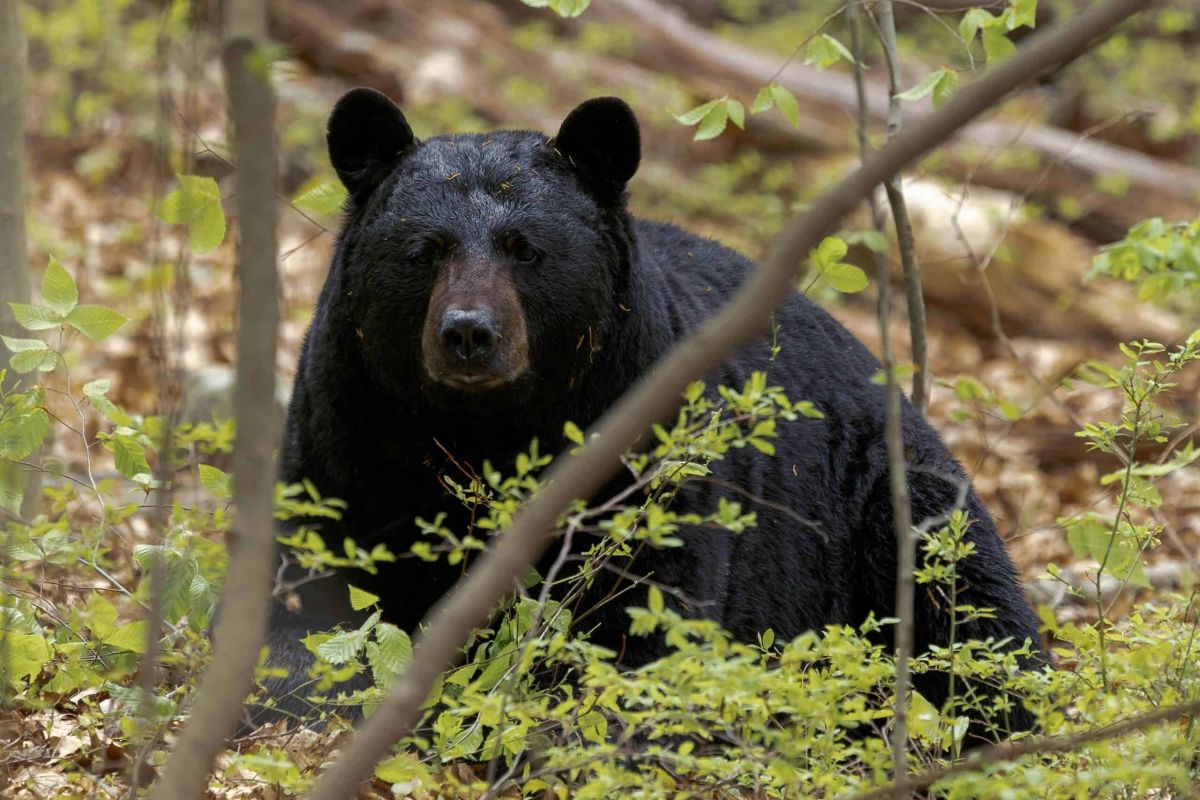The North American Black Bear: A Closer Look

North America is home to a diverse range of wildlife, but few animals capture the imagination quite like the black bear. As the continent’s most widely distributed bear species, the black bear (Ursus americanus) is emblematic of the wild landscapes from Canada to Mexico. With their keen adaptability and enigmatic behaviors, these incredible creatures have become a staple in North America’s natural heritage. In this blog, we will delve explore the biology, habitat, behavior, and conservation status of black bears, shedding light on why they are so vital to our ecosystems and culture.
A Closer Look at Their Biology
Black bears are characterized by their stocky build, short legs, and long snouts with non-retractable claws. Adults typically weigh between 150 to 600 pounds, with males generally being larger than females. Their fur ranges from jet black to brown, cinnamon, or even a bluish hue, depending on the region. One notable feature is their sharp sense of smell, which is estimated to be seven times stronger than that of a bloodhound, making them skilled foragers.
Habitat and Range
The black bear is highly adaptable, thriving in a variety of ecosystems, including forests, swamps, and mountainous regions. They are found throughout the United States and Canada, with some populations extending into Mexico. Although they are most commonly associated with dense woodlands, black bears can also occupy suburban areas where food sources are abundant. This flexibility allows them to coexist with human populations, though it often leads to conflicts.
Diet and Foraging Behavior
Omnivorous by nature, black bears have a diverse diet. In spring, they primarily feed on tender greens, newly sprouted leaves, and insects. As summer approaches, berries and fruits become staples. In autumn, their diet shifts to include acorns and nuts, helping them build fat reserves for hibernation. Their excellent sense of smell allows them to locate food sources from significant distances, and they are known to raid bird feeders, garbage cans, and even beehives in search of honey.
Hibernation: Nature’s Survival Strategy
One of the most unique aspects of black bear behavior is hibernation. As colder months beckon, black bears prepare by significantly increasing their food intake to gain weight. When winter arrives, they find or create dens—often in hollowed-out logs, caves, or under tree roots—where they enter a state of torpor. Unlike true hibernators, black bears can awaken during the winter if disturbed, though they typically do not eat or drink until the spring thaw.
Social Structure and Mating
Black bears are generally solitary animals, although they may gather in areas where food is plentiful. Mating season occurs from late May to early August, and after a gestation period of about seven months, female bears give birth to one to four cubs, typically in January or February while in their dens. The cubs nurse for about 16 weeks and are highly dependent on their mothers for survival during their first year. The bond between cubs and mother is vital, as it plays a critical role in the cubs’ eventual independence.
Conservation Status
While black bears are not currently considered endangered, habitat destruction, climate change, and human-wildlife conflict pose significant threats to their populations. Over the past century, as urban development encroaches on natural landscapes, the bears have increasingly come into contact with humans, leading to numerous challenges. Conservation efforts include public education on how to coexist with bears, proper waste management, and habitat preservation initiatives.
Conclusion
Black bears are not just a symbol of wilderness; they are crucial contributors to the health of their ecosystems. As foragers, they help disperse seeds, and their presence can influence the population dynamics of many other species. Understanding, respecting, and preserving these magnificent animals is essential for maintaining the biodiversity of North America’s natural environments.
In our endeavor to reduce our impact on the earth, let us strive to learn more about the remarkable creatures that share this planet with us. Awareness and responsibility can foster a more harmonious coexistence between humans and the majestic black bears that roam our wild spaces. Whether you encounter one in the wild or through educational programs, take a moment to appreciate the beauty and resilience of the North American black bear. After all, they are kin to the rich tapestry of life that defines our shared natural heritage.



